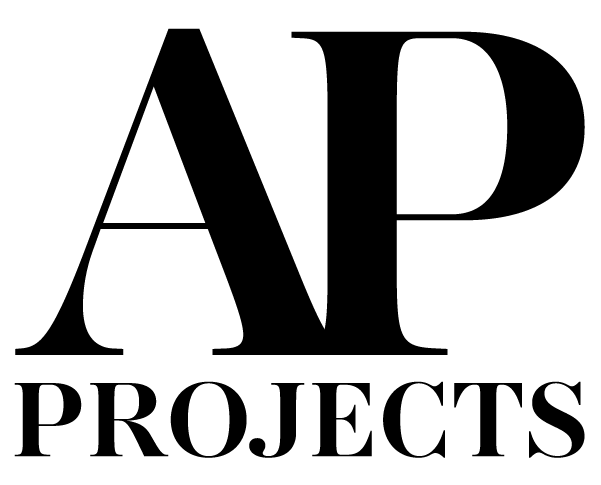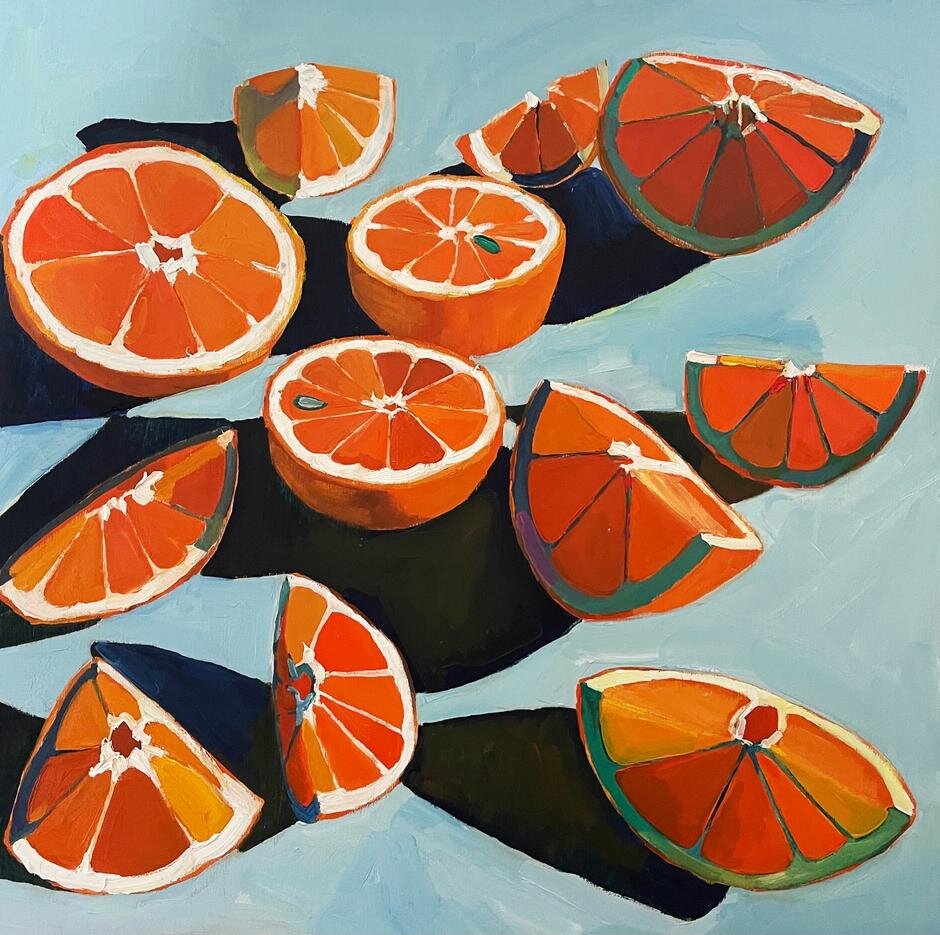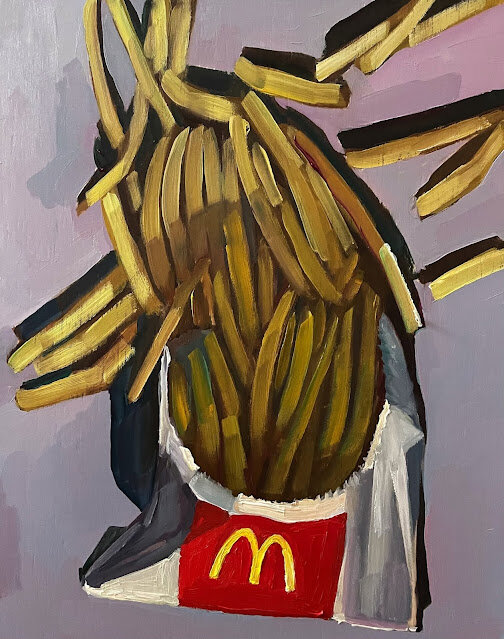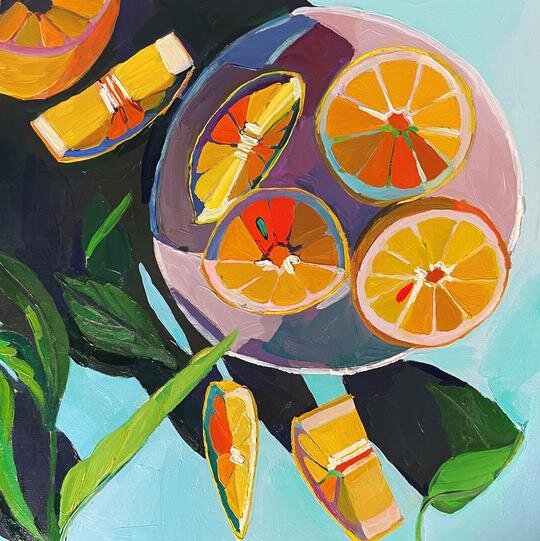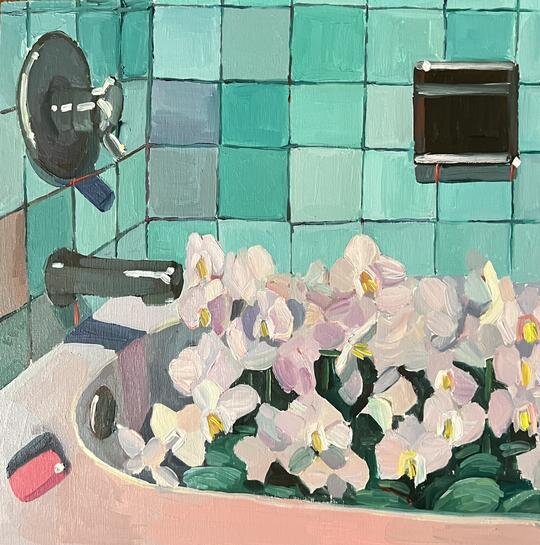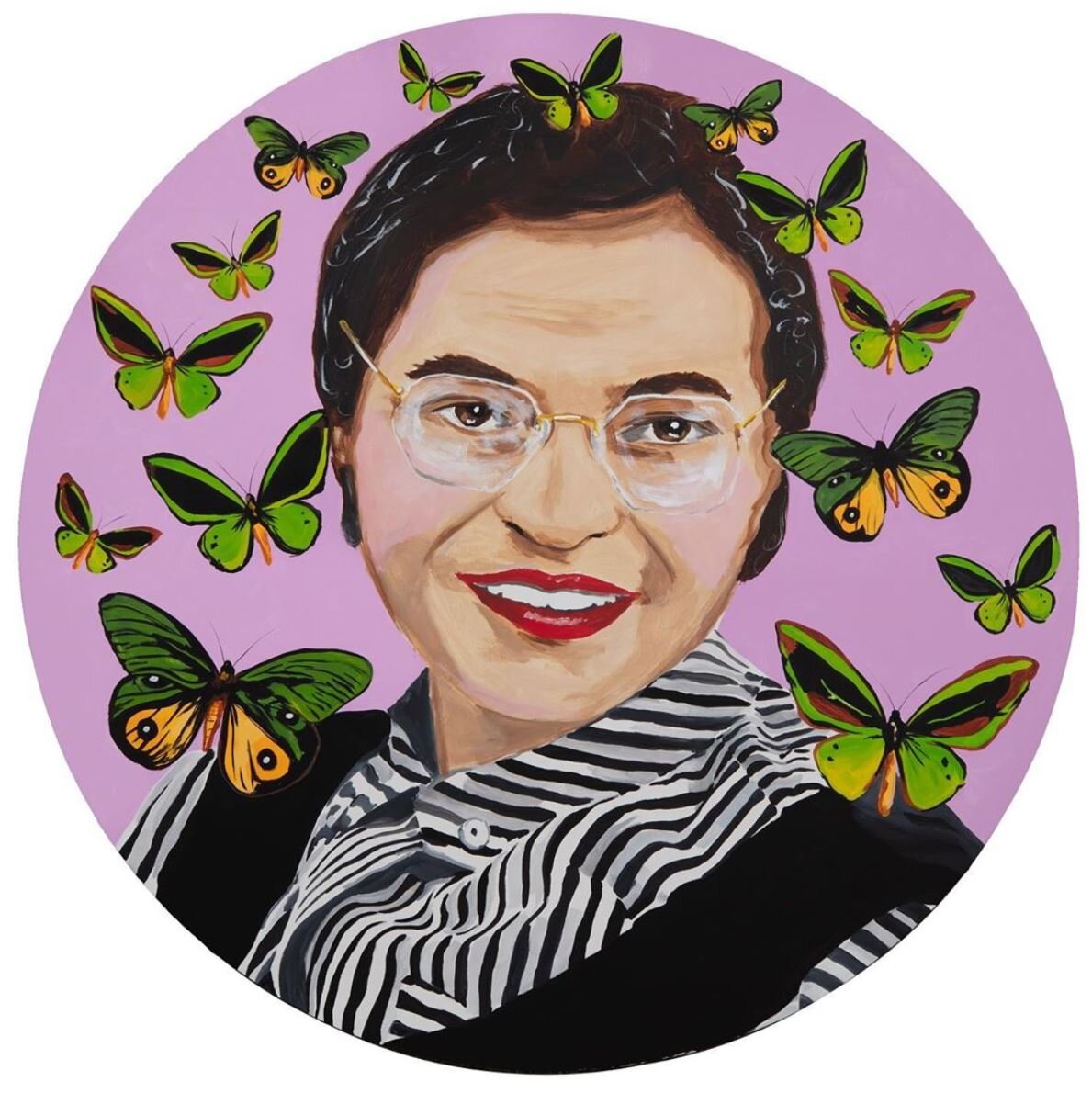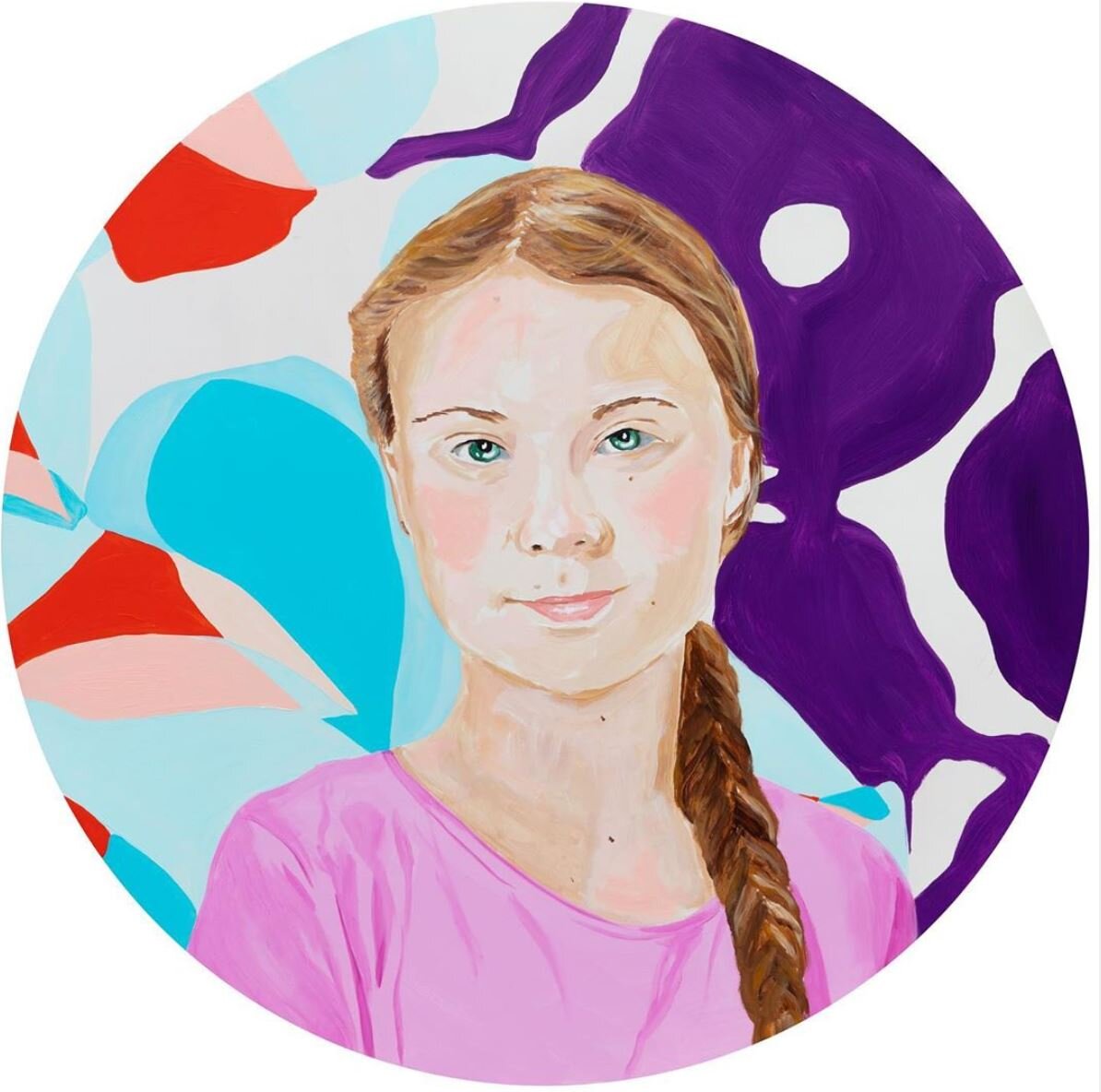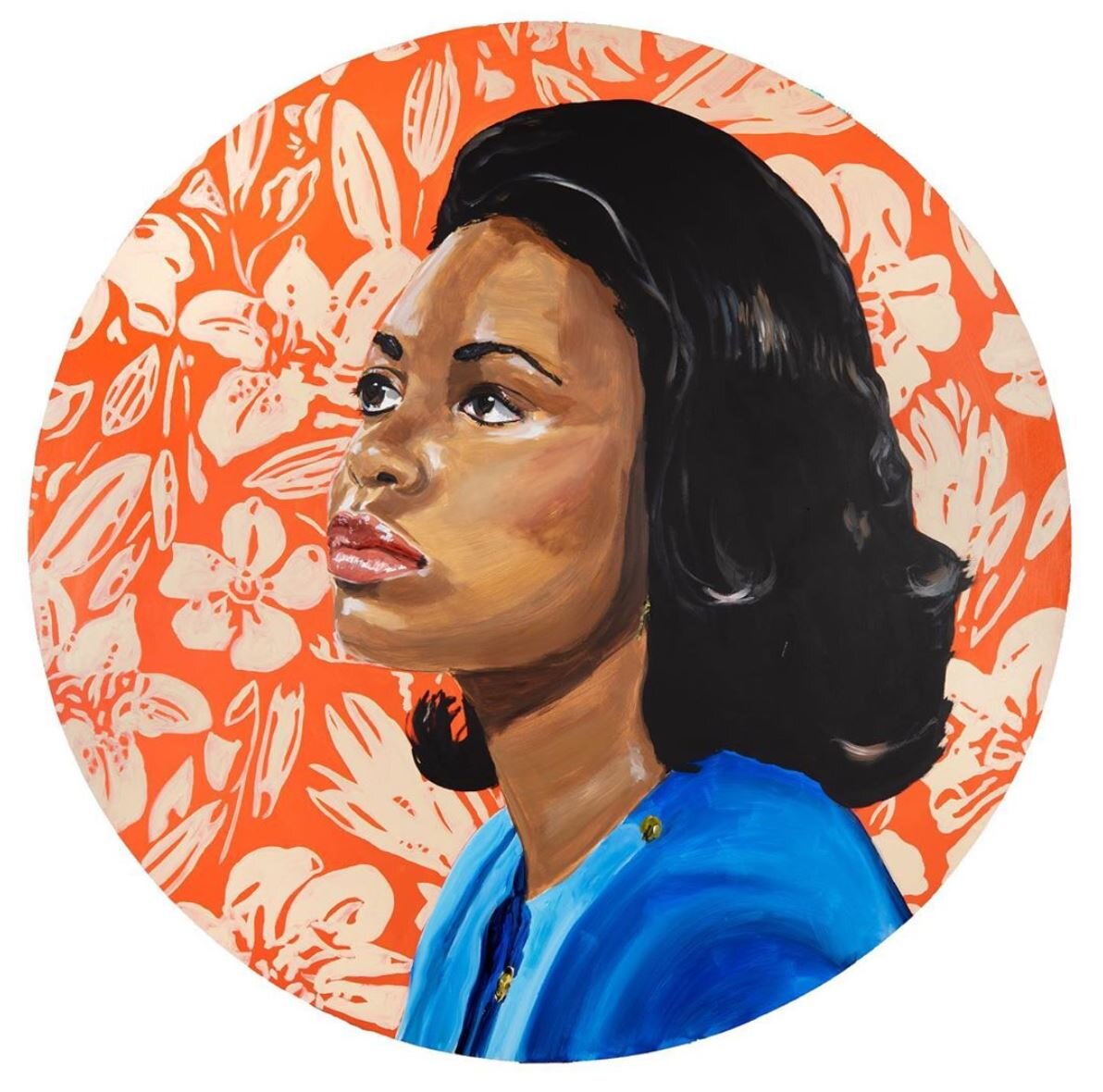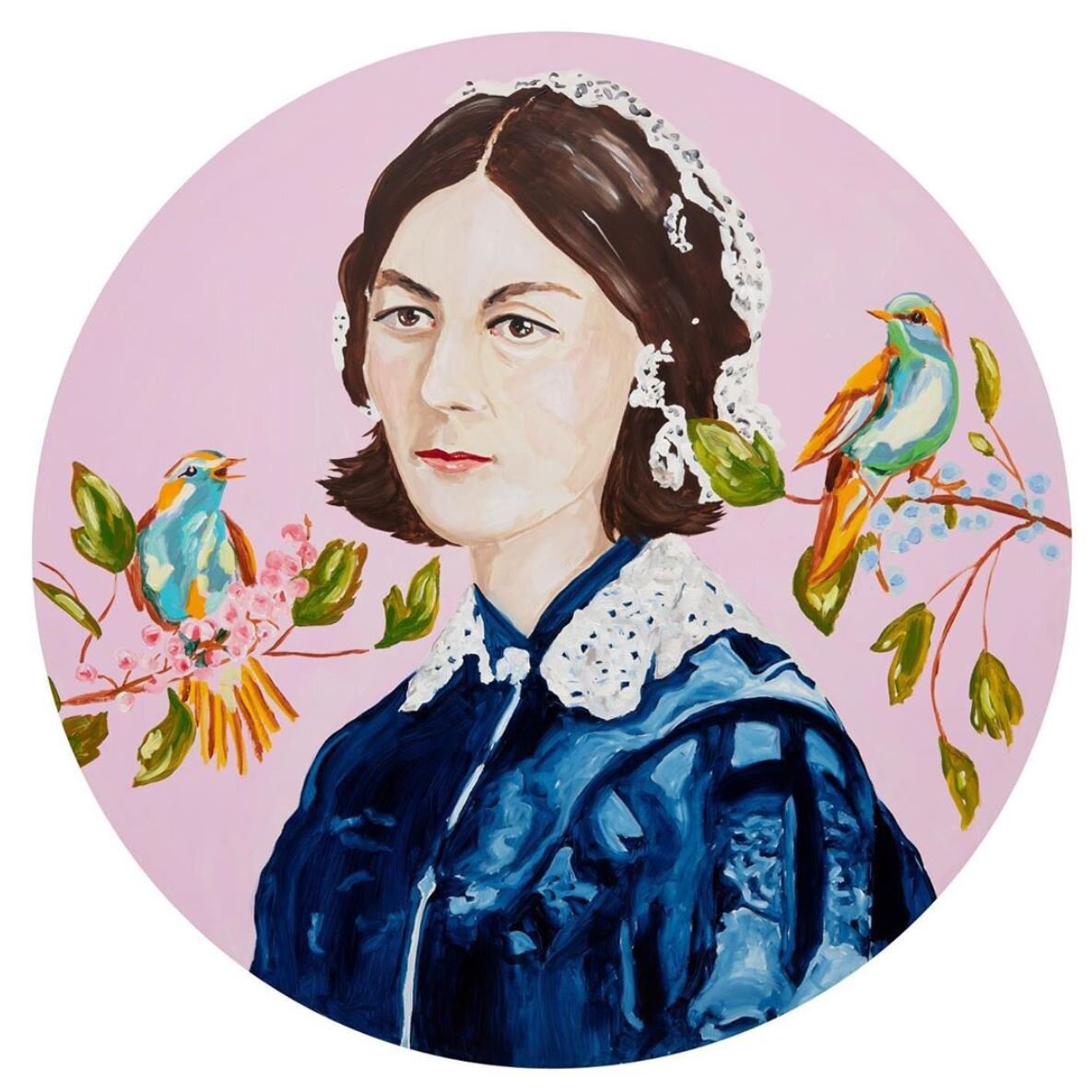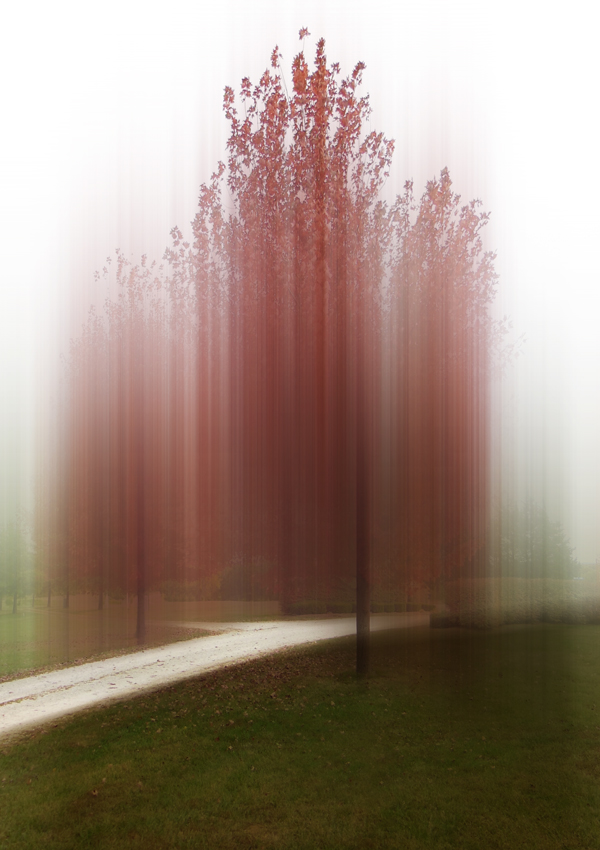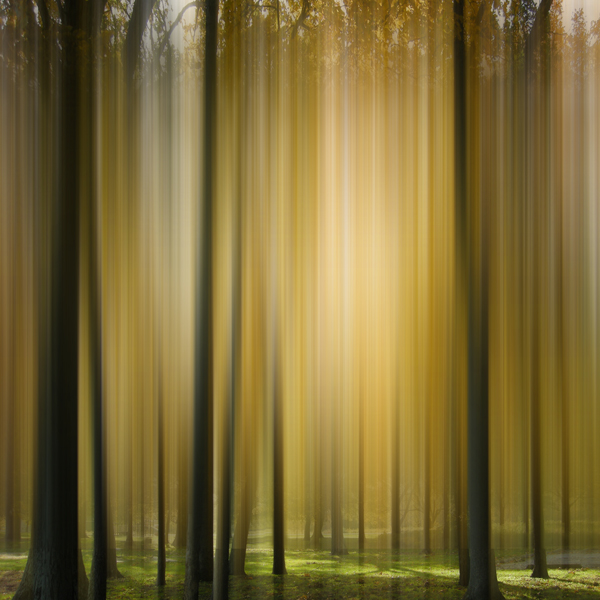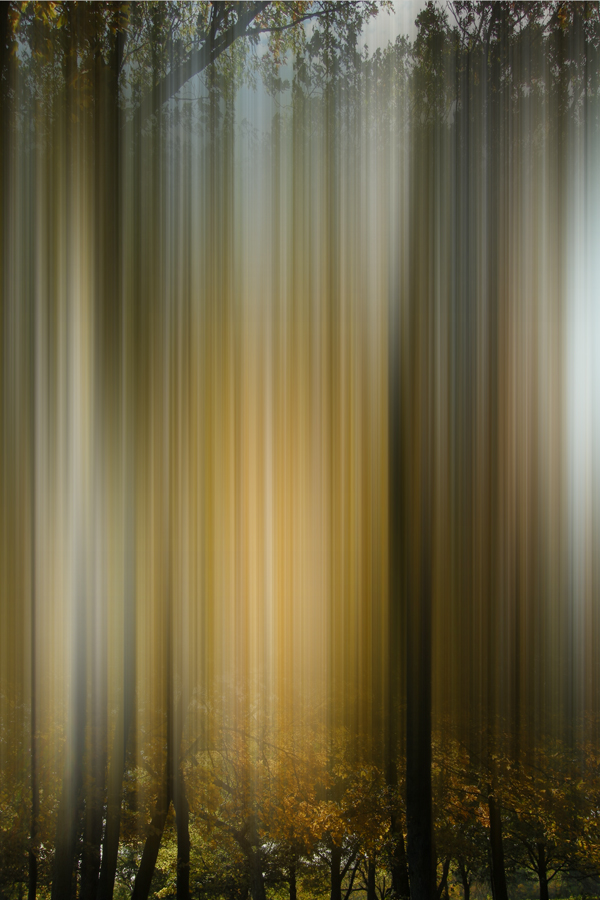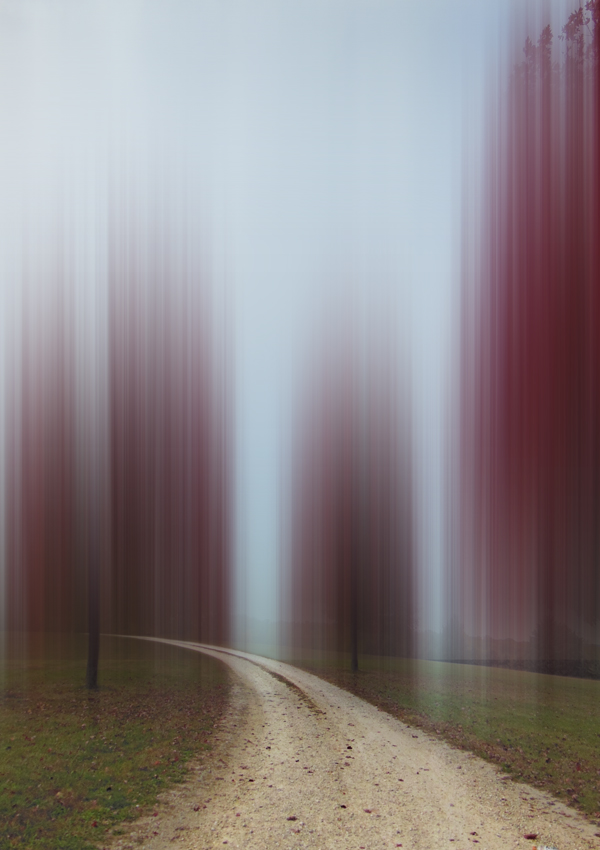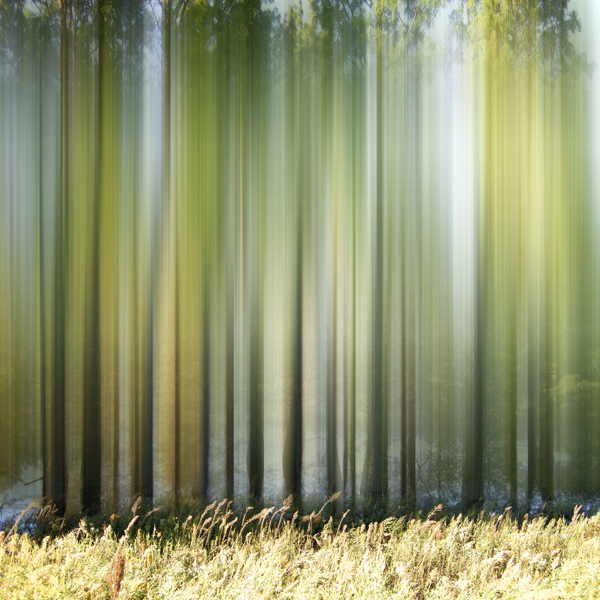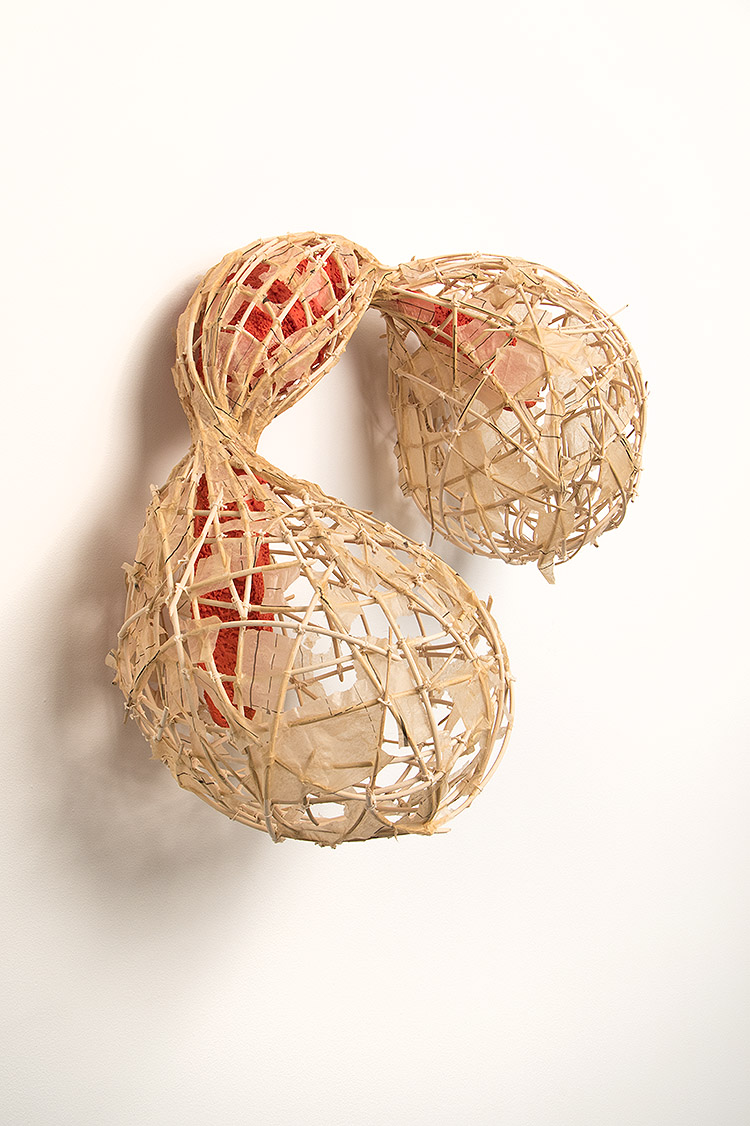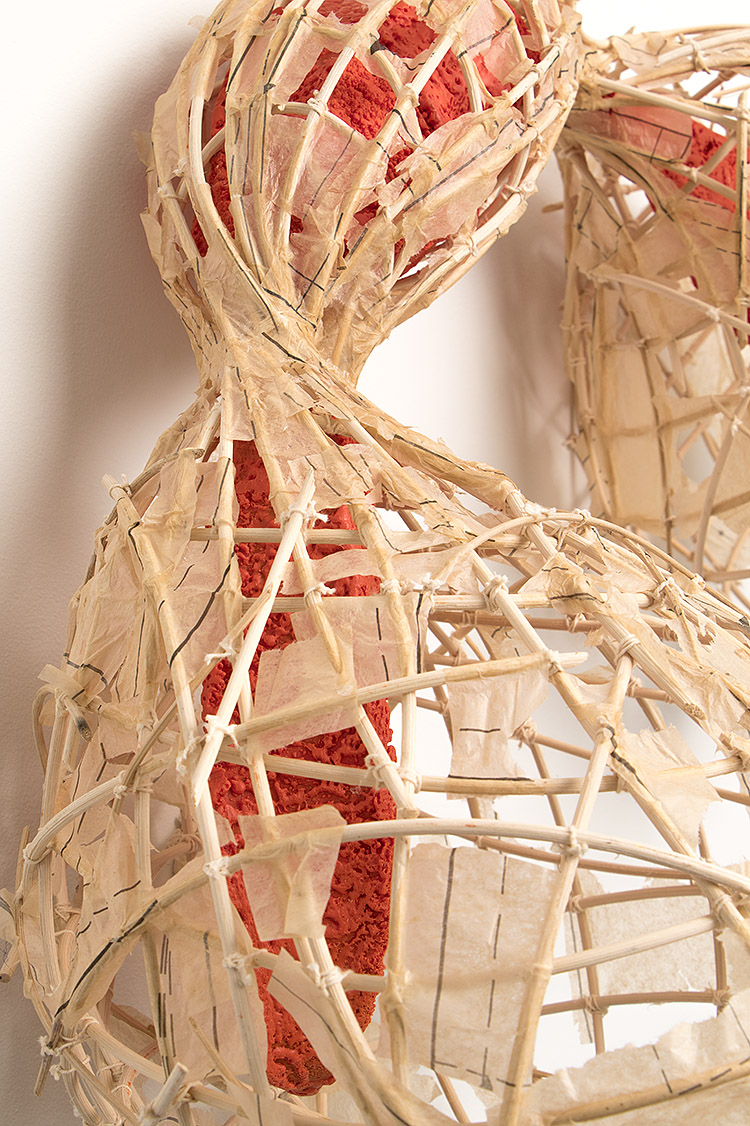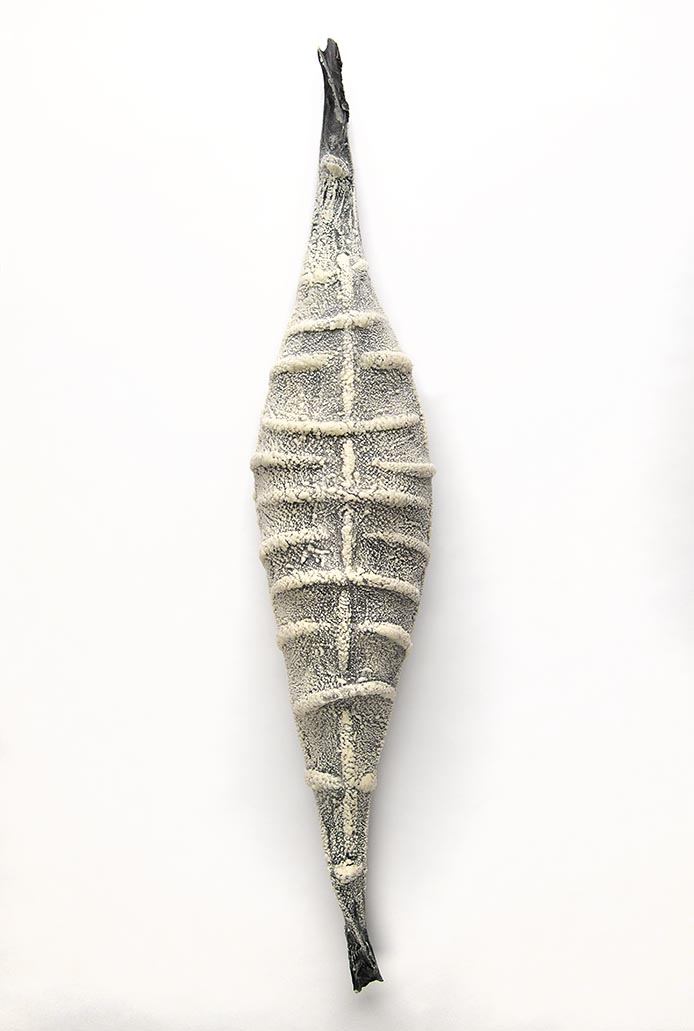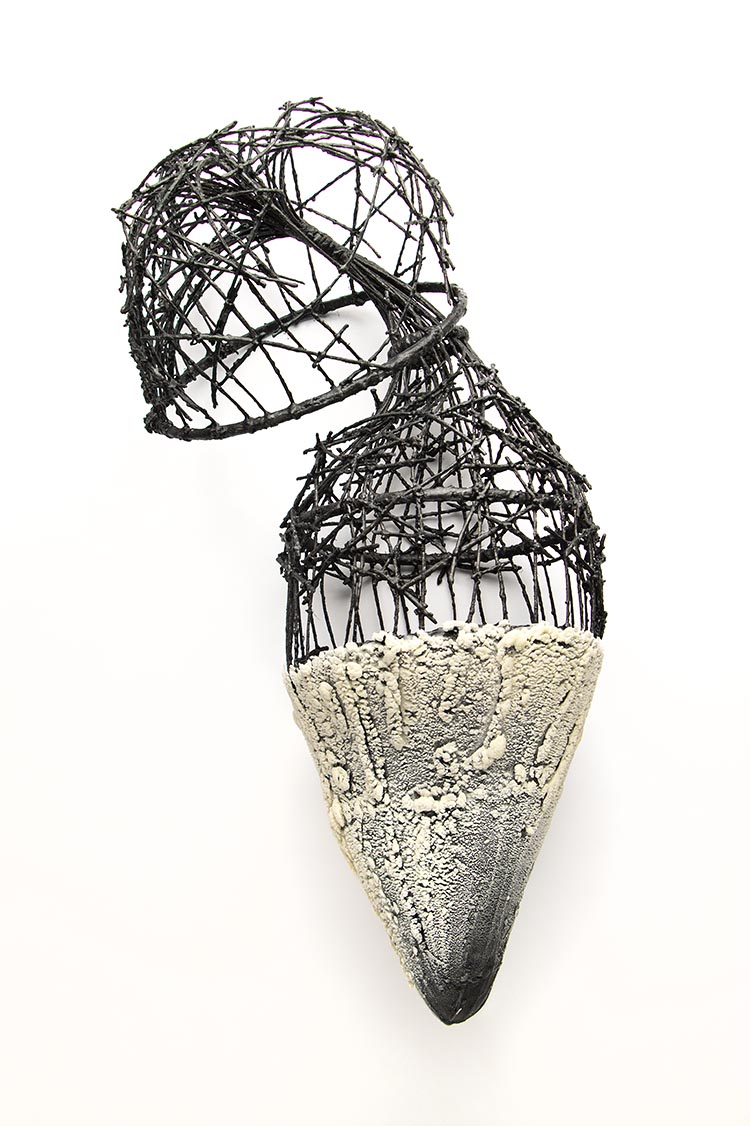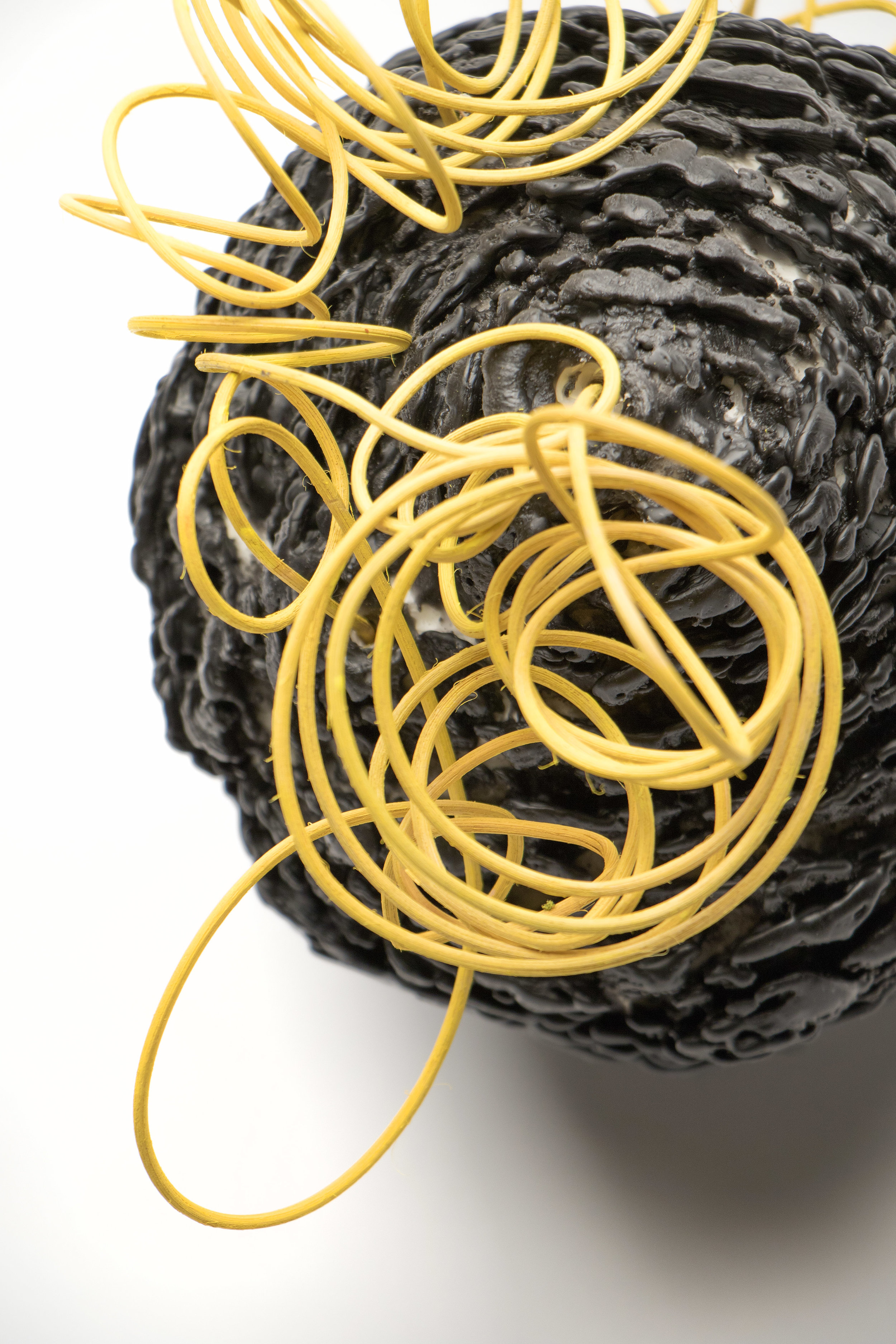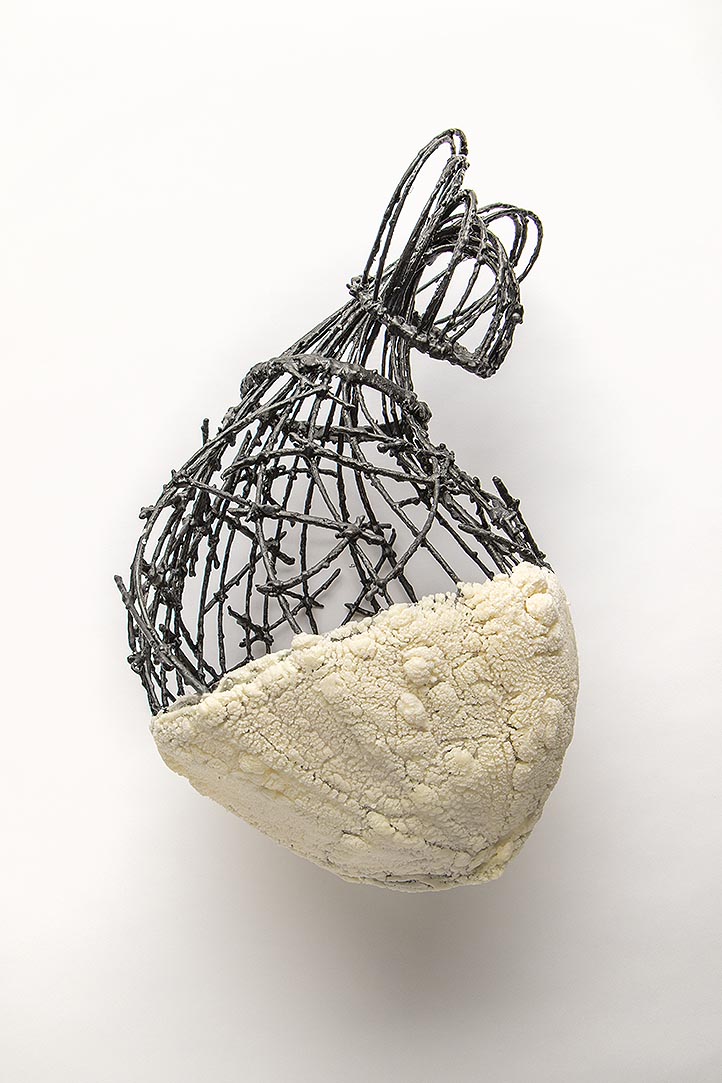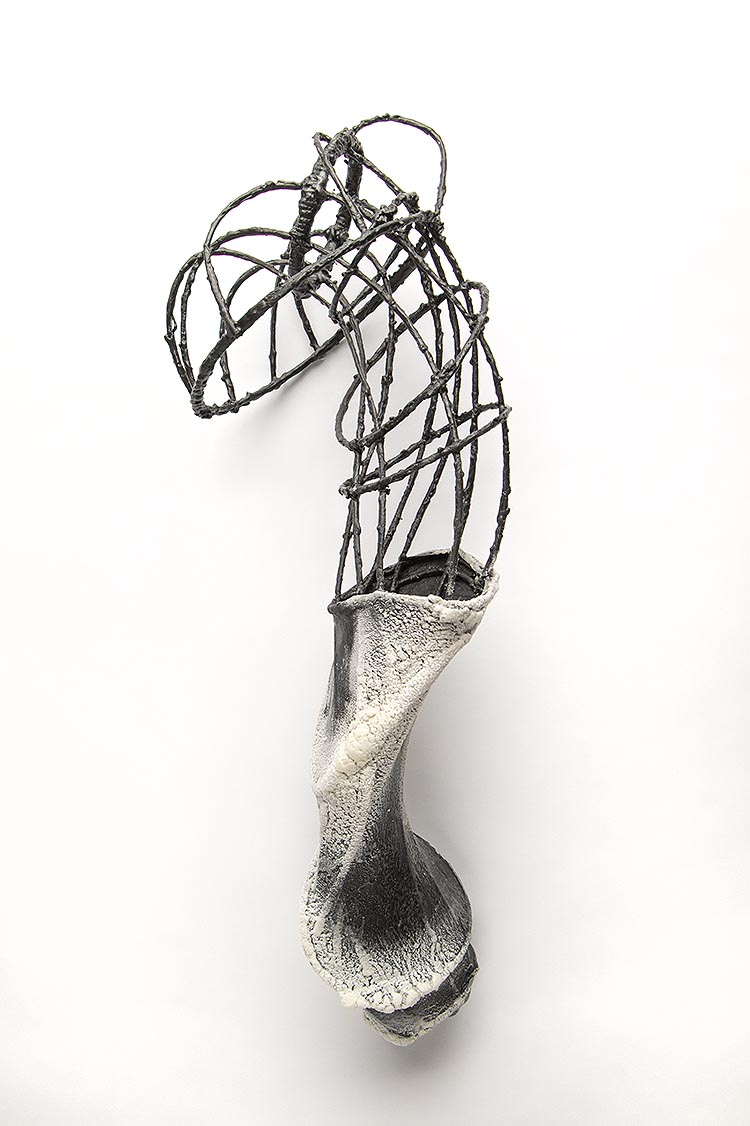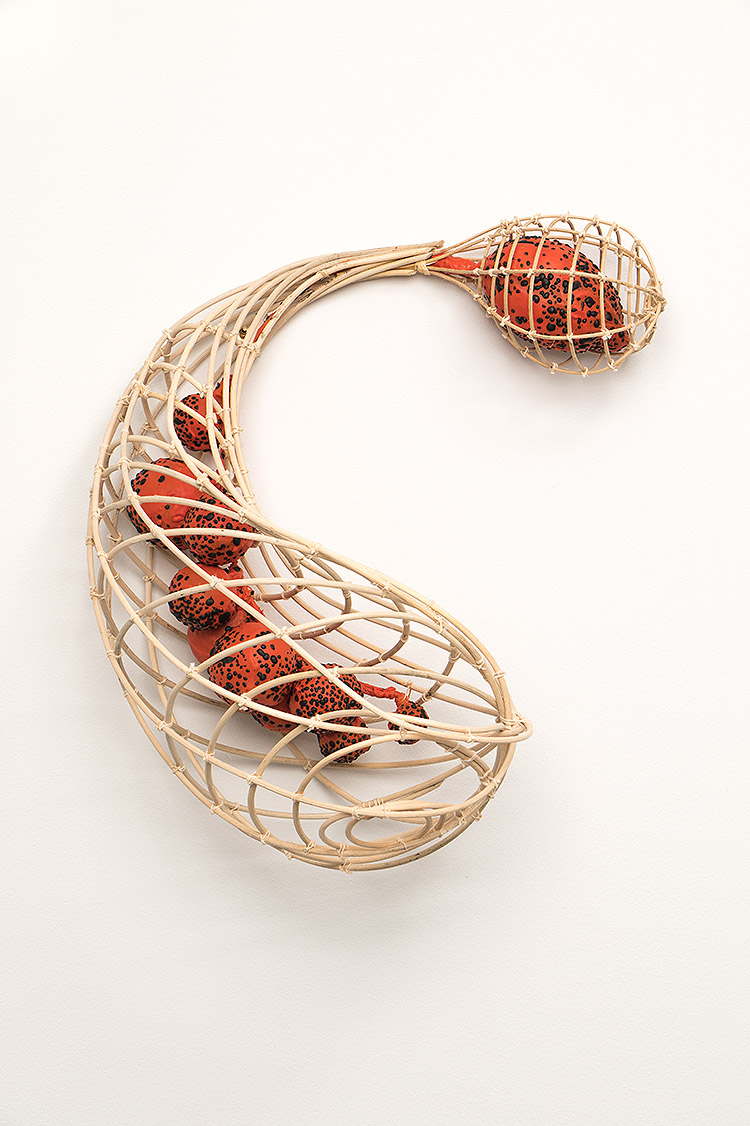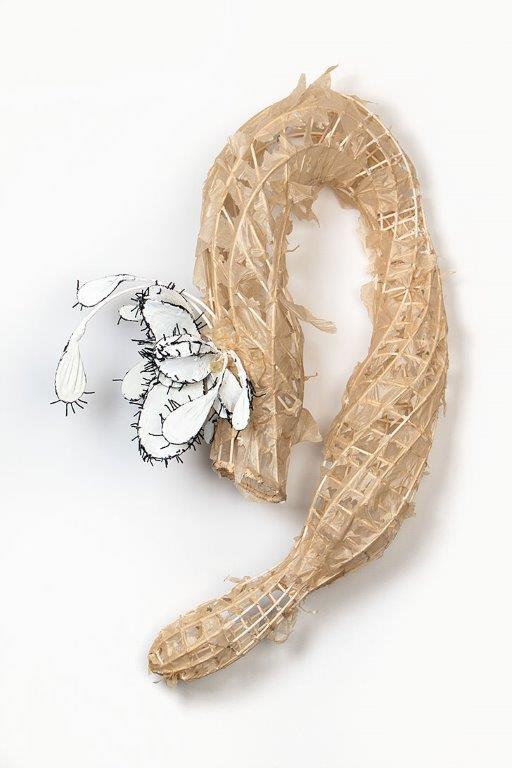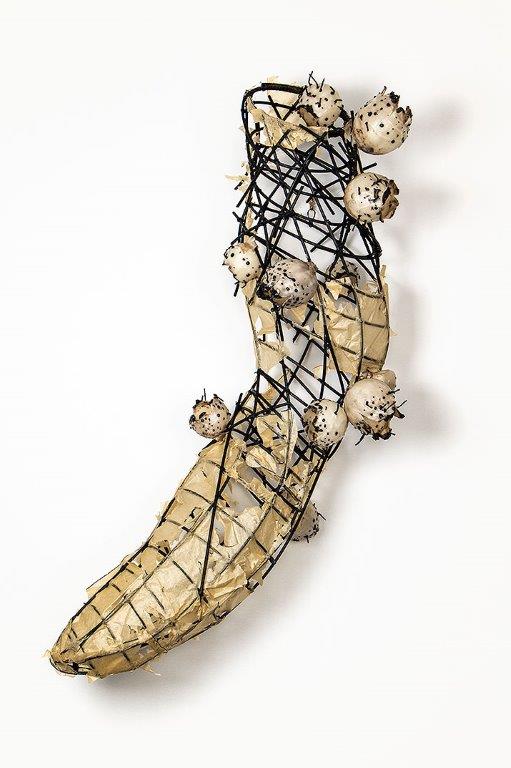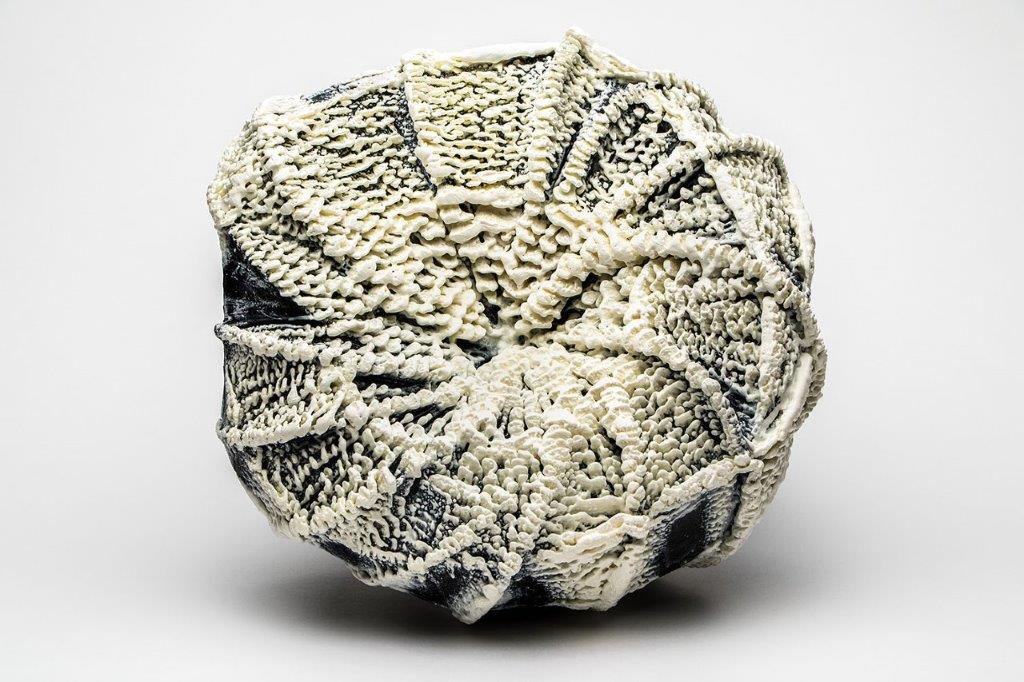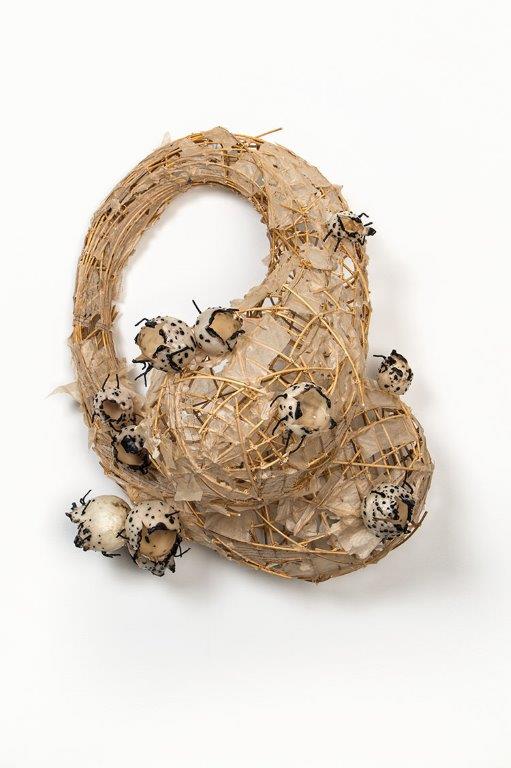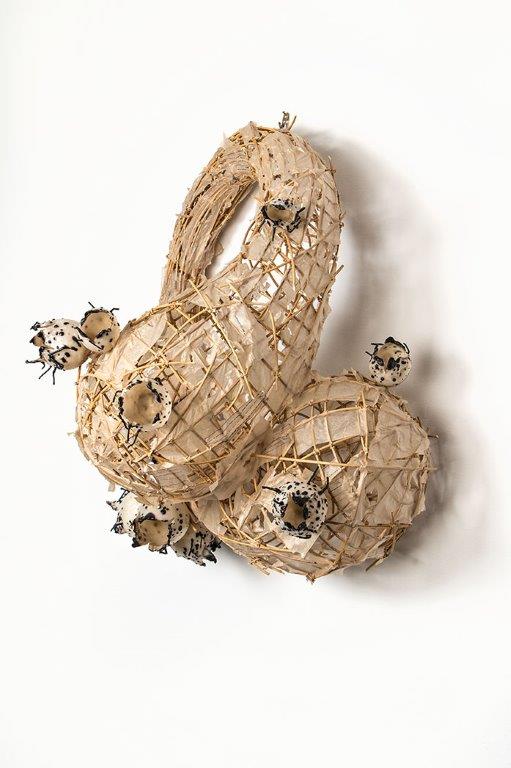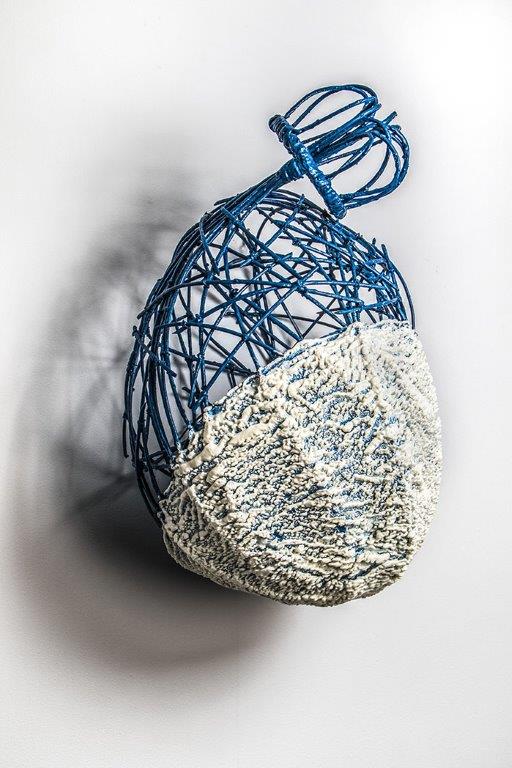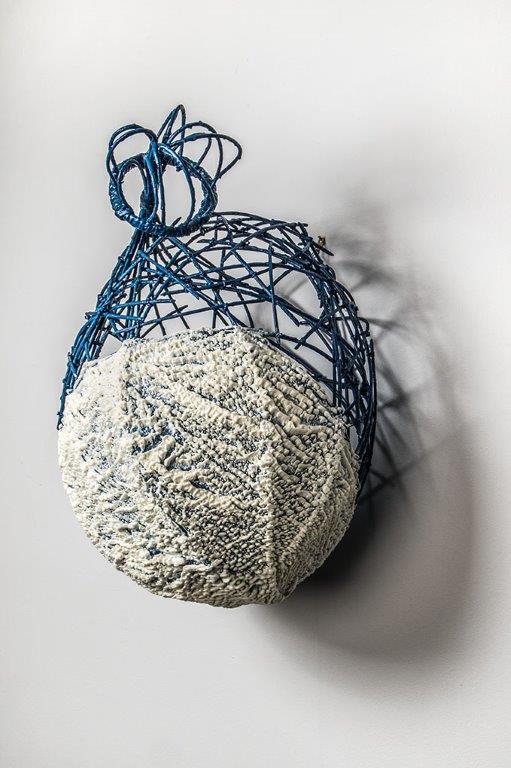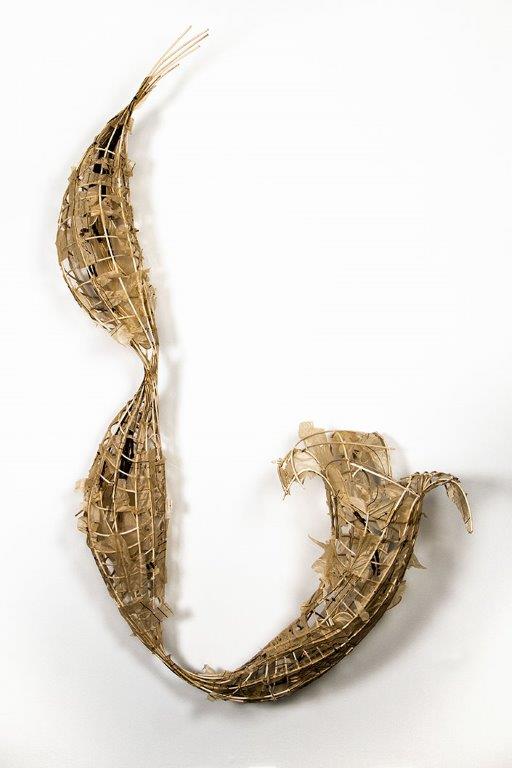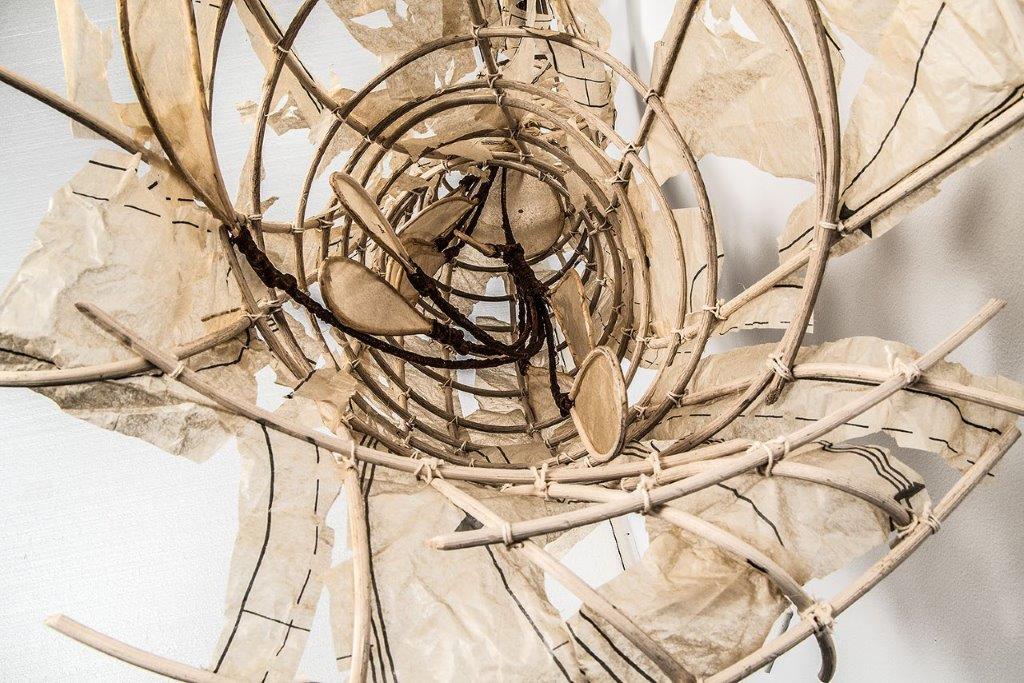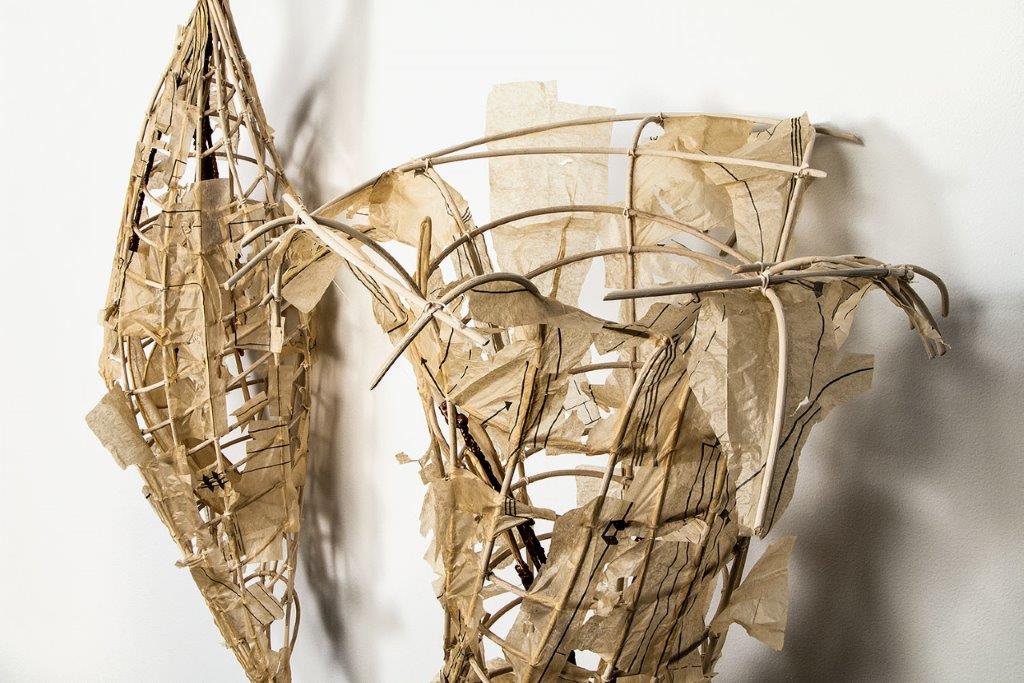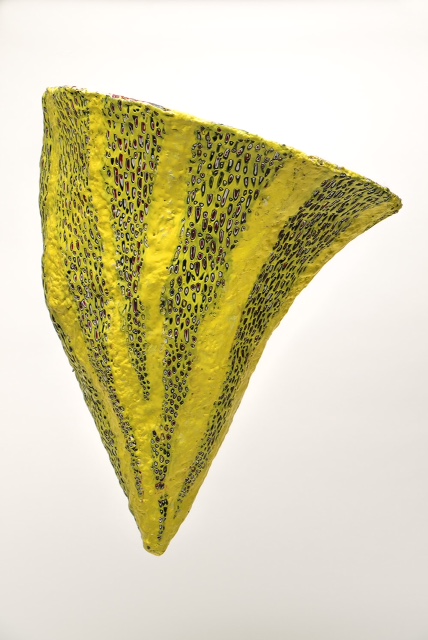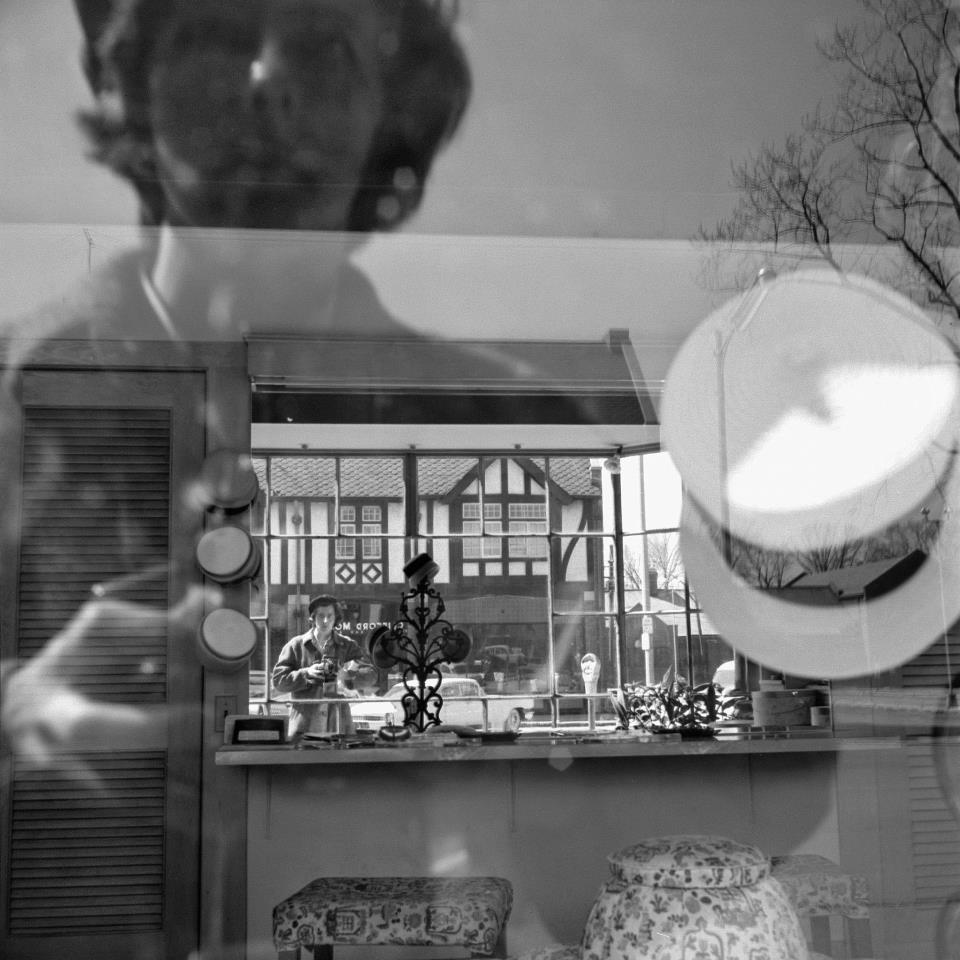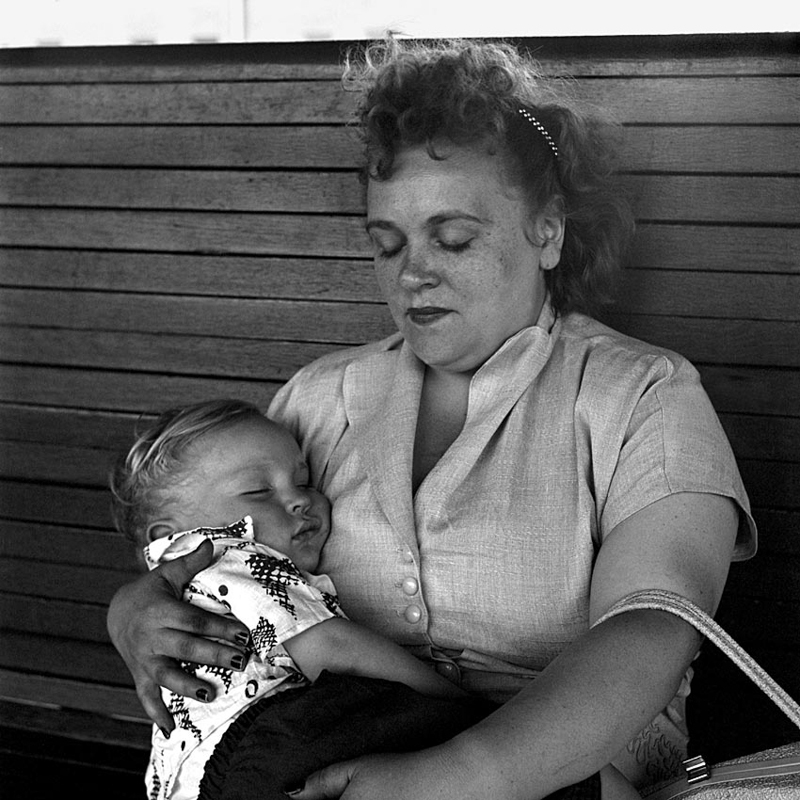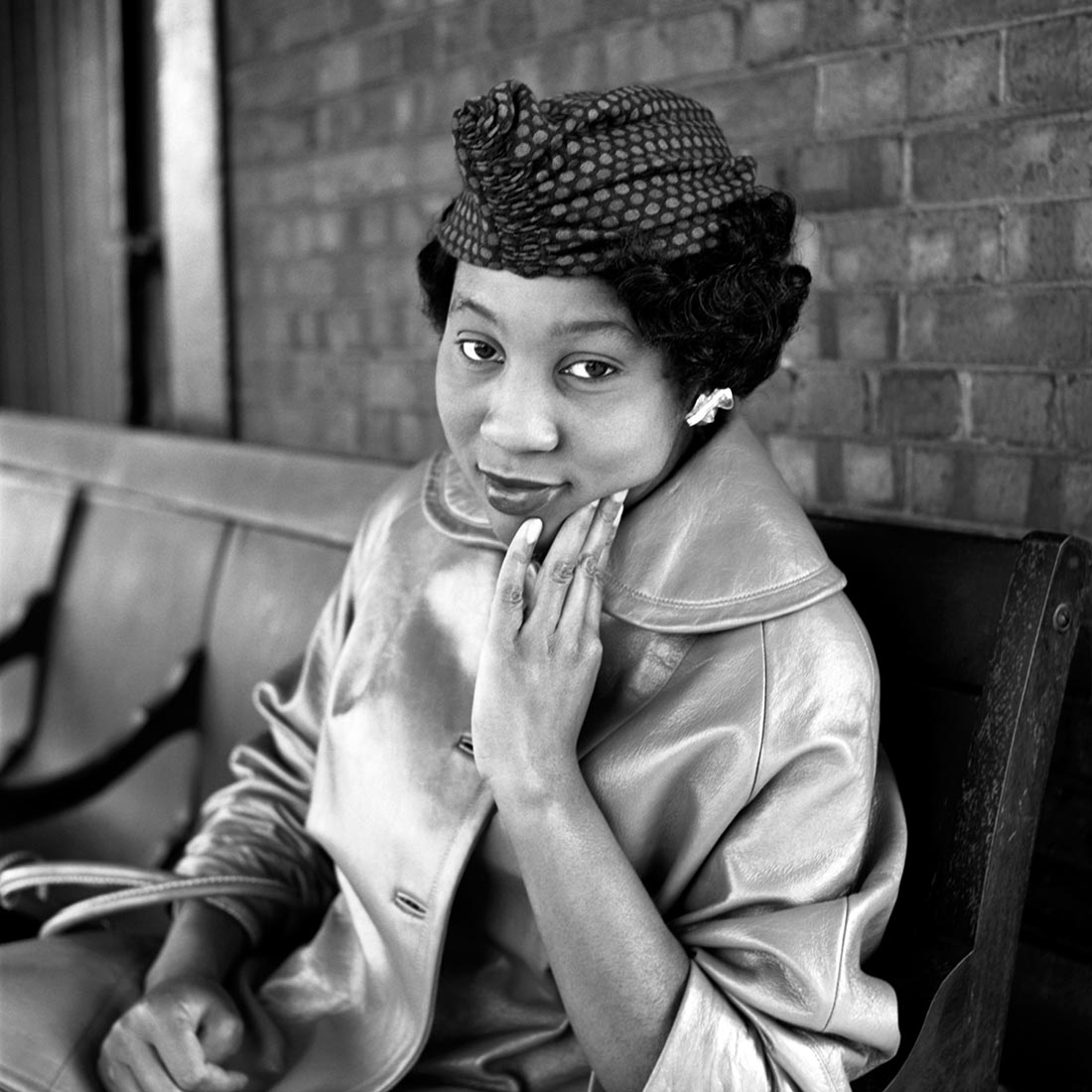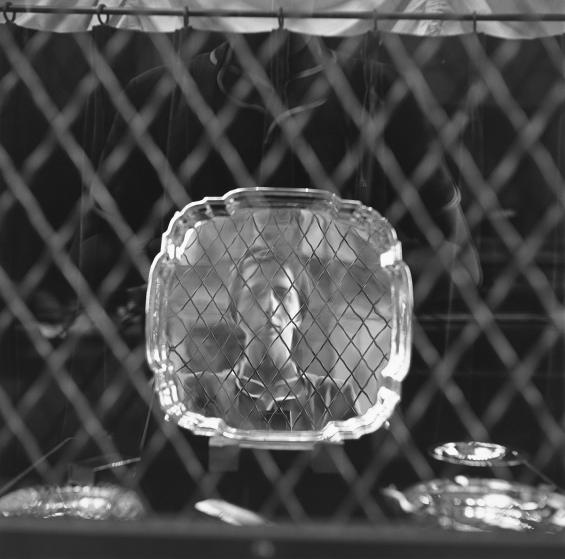Describe your titles. What meaning do they convey?
I deliberately title work in “lowercase,” as I consider the title to be secondary to the painting and more of a way of identifying one from another, not necessarily the “meaning” of the work. I seek simple one- or two-word phrases that don't give too much of a narrative, to allow viewers to have their own experience, not to be swayed by my thinking. Sometimes I use lines from song titles. I've been known to re-title work, until a word or phrase sticks to the image.
What does “abstraction” mean to you?
Now that's a big question. Today, for me it has to do with sensuality and sensibility, in terms of surface. To me there is abstraction in figuration and landscape. It could be the simplification an idea to obtain its essence? Or does that sound just like some “art talk” …
Who, if any, abstract painters have influenced your work?
I've looked at the Abstract Expressionists and others including but not limited to Philip Guston, Joan Mitchell, Lee Bontecou, Helen Frankenthaler, Terry Winters, Elizabeth Murray, Joanne Greenbaum, Amy Sillman, Bill Jensen, Margrit Lewzcuk, and recently Daniel Hesidence. Variations on why they've held my interest include mystery in the making or imagery, a sense of spirit and purpose, along with surprise in the making, and this has allowed me a glimpse into how I see their approach to their vision. This has given me the ability to seek my own voice via paint.
How much do these influences or other inspirations guide your painting process?
We live in such a visual fast-moving word. It is hard to say what doesn't influence my work. In terms of painting and/or painters, I try to see a variety of work, and hoping that on both a conscious and sub-conscious level I am soaking in all that is good, mashing it around and that it comes out in an interesting way on my surfaces.
Do you see yourself as an action painter or one who is continuing the tradition of Abstraction Expressionism?
I don't consider myself an action painter. Though I do recognize and see the link to Abstract Expressionism in my work.
Does being a woman change artistic output?
I don't think it does for me. I just work.
At times, paintings are discussed as masculine; at others, feminine. Are your works gendered?
I've had my work described as “masculine and muscular,” terms that I believe are coined to my work due to the scale and contrast of the mark-making. The connotations associated with gender and any stereotypical ideas are ones that I am not interested in. Either term can be good or bad.
What, if any, is the role of women painters in contemporary art?
I think it is the same as any other gender. To be true to oneself and to seek and go after the journey.
Why do we need this all-female show?
Hmm. Women are still making strides. I do believe that only I can make my work, and this is the same with any other gender. I do think that society does instill ideas regarding gender and that this occurs on a continued and not so subtle way. I struggle with this question. And think back to that quote by Joan Mitchell who was asked to be in a female painting show, to which she declined and said “ask me to be in a painting show” (or something akin to this), and I'm there. There is the chance that someone will not necessarily give it the same credence that they would if it was a male who painted it. I like to think this perception is changing and will continue to change. Like the gun laws, or lack of. Always debatable depending on who is at the table. (An abstract answer?)
Did the feminist movement impact your career?
I've been aware of the feminist movement from undergrad. I use to say that it didn't really affect me as a painter or my career, however, the further I get into my career, that more grateful I am for those women who fought for the right to make work that they wanted and to show the significance of being female. Unfortunately, sexism is still alive. When I teach, I really encourage my female students to find other female artists, present and historical, to enable them to see that anything is possible.










